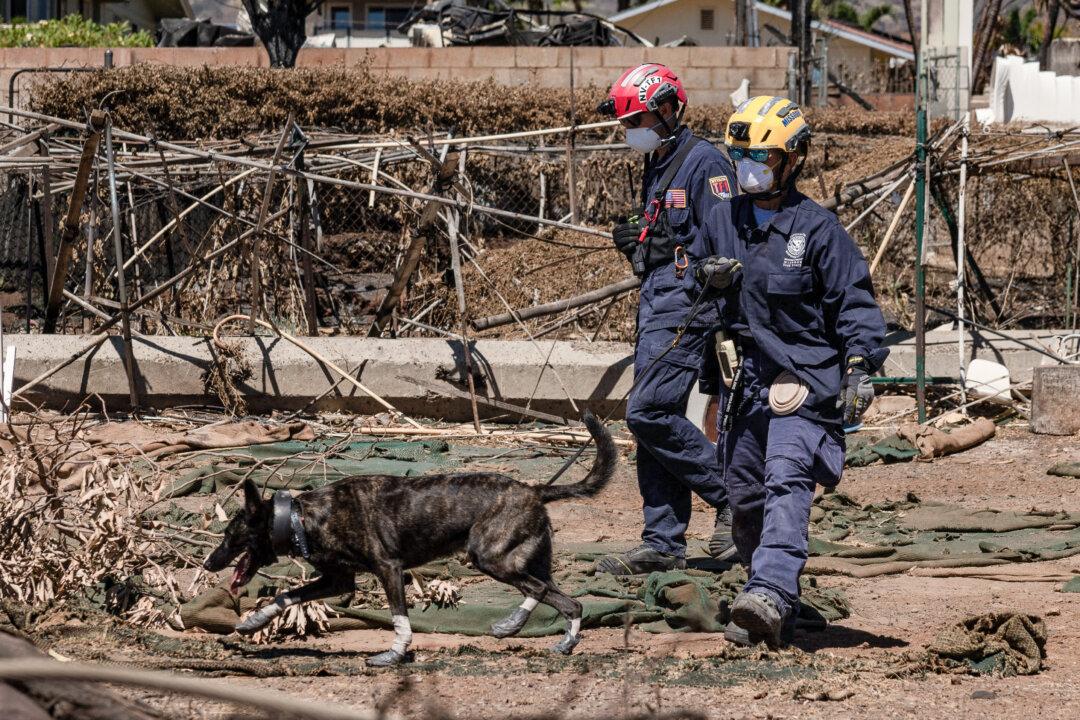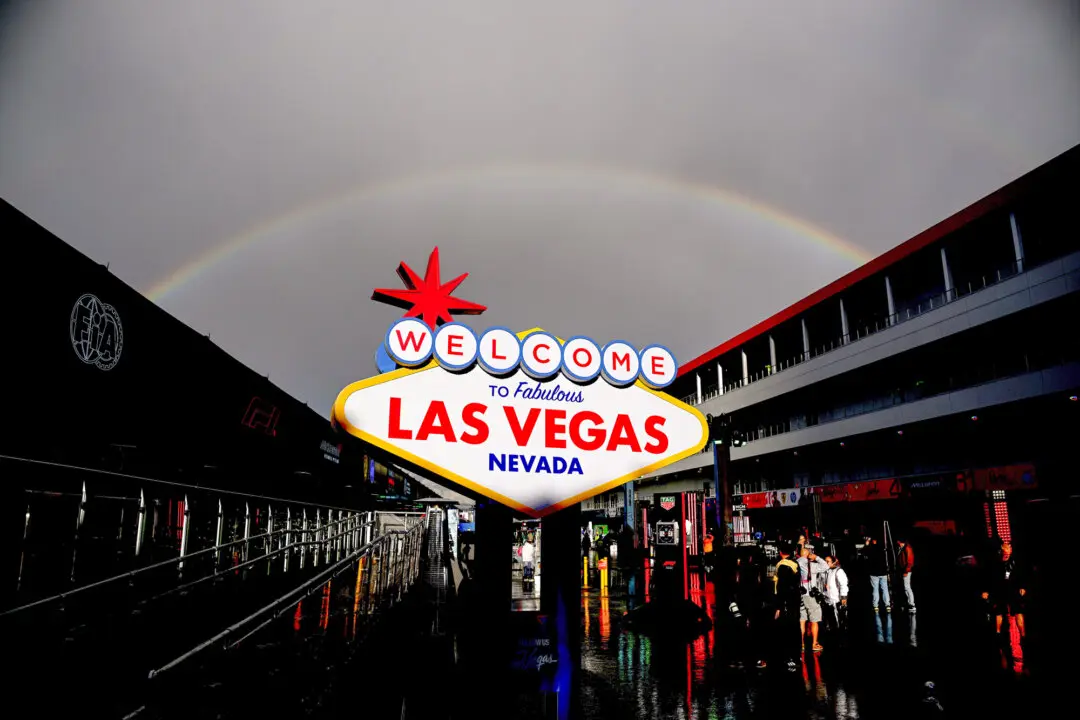Nearly four months after the deadly Lahaina fire on the island of Maui, a new book explores whether the tragedy was the result of natural causes, gross negligence, or more “nefarious” motives.
In “Burn Back Better,” one of the first books published since the Aug. 8 fire, authors Shelby Hosana in Hawaii and independent publisher Stephanie Pierucci in Colorado question the official narratives, as well as the conspiracy theories surrounding the catastrophe.





